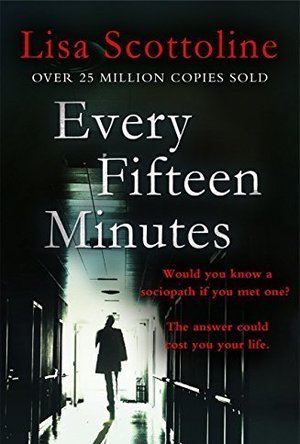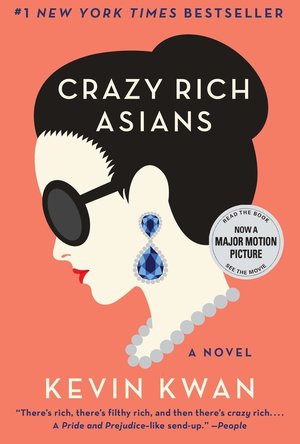
Maldives GPS Map Navigator
Navigation and Travel
App
Flytomap is a valid and interesting alternative, Benetti Yachts Top Ten since 2008 Featured in : On...
Rachel King (13 KP) rated Wedlocked in Books
Feb 11, 2019
The prologue to the book is the immediate aftermath of the ceremony when Rebecca is undergoing the realization of her mistake. I was a bit confused at this point since I could not figure out if the ceremony took place or not. The next chapter starts in Rebecca's childhood, growing up with two sisters and a very marriage-minded mother in a strict Jewish household. To her mother's dismay, Rebecca is quickly influenced by her grandma Emma into a love for acting, movies, and theater. From there, the book walks us through Rebecca's pursuit of an acting career and near-absence of dating material.
Though Rebecca is likable enough, I had a difficult time relating to her career struggles, since I have little interest in that side of the business. I also did wonder if she was really as talented as she claimed to be, since her struggles were so great.
When a man, Evan, finally lays claim to Rebecca's heart, both Rebecca and Evan handle the relationship poorly and Rebecca abandons her suffering career with a broken heart. The man she eventually becomes "wedlocked" to, Craig, then shows up in her life, and a rebound relationship becomes a permanent one before Rebecca thinks to learn a bit more about her new husband. A honeymoon from hell makes the reality of her situation quite clear as Craig's bad behavior and numerous secrets get him in trouble with the Italian government, until a new friend, Michael, flies in to save the day.
Without spoiling the ending, I think Rebecca handled her problems remarkably well, with a little help, and ended the book with a humorous twist. If I suspend my opinions of the Hollywood-influenced methods of dating, marriage, and divorce that is so common in America today, the book was an entertaining read, and likely would make an even better movie.
Kristy H (1252 KP) rated Every Fifteen Minutes in Books
Feb 1, 2018
I never really got "into" this book. To me, Eric is not a likeable character. Throughout the course of the novel he seems to make a remarkable number of questionable decisions, even if his life is somewhat spiraling out of control. For instance, as he goes through the divorce with Caitlin, Eric is constantly lamenting about Hannah and the effects of the divorce on her. So much so that he comes by the house unasked, calls his wife and daughter at all hours, completely ignores the advice of his lawyer, etc. He seems to lack knowledge of any basic divorce or legal protocol - not to mention common sense.
The lack of common sense prevails throughout the book. So much of the plot is supposedly driven by what Eric knows about Max, this teenage kid he meets at the hospital, but really they have two sessions together before things go awry. It seems insane that he would have learned so much about his patient in this time. So much of the plot just seemed implausible and annoying. We hear constant talk about Eric's past anxiety and how he overcame it. OK - so what?
Overall, I just found myself irritated by Eric and annoyed by his decisions. Parts of the book seem completely improbable and the plot is so thinly constructed that once you figure out how everything comes together, it seems barely possible. Then Scottoline throws in another twist that seems completely unnecessary. Overall, rather disappointing read.
Rachel Howser Roberts (96 KP) rated Crazy Rich Asians in Books
Jun 21, 2018 (Updated Jun 21, 2018)
I found the main character, Rachel, to be quite relatable. Despite the fact, that her mother immigrated from mainland China, Rachel is thoroughly American. She was thrown into this world of the crazy rich with no warning from her boyfriend. I liked that she behaved with dignity, even if she was often unaware of what was happening around her or how to act in a particular social situation.
The character of Nick, Rachel’s boyfriend, is not quite as fleshed out as Rachel’s. The reader sees him being generally a good guy (not participating in drugs and prostitutes brought in for a bachelor party), but I would have liked to see him realize and react to the way his family and family friends behave towards the woman he loves. It does not occur to him that they are treating her abhorrently until near the end of the novel.
The pacing of the novel was quick. Each chapter is from a different point of view, quickly switching from one experience to another. Although the book focused on relationships, and I’m more of a Sci-Fi or suspense girl, I found myself unable to put the book down. I read it in a day.
I honestly picked up this book, because many of my friends are excited about the upcoming movie. After reading the book, I’m excited to see it, too. But as with any movie, I would recommend reading the book first.
Most of all, the book made me want to visit Asia again! I’ve been to Mainland China and Taiwan, but never Singapore. The crazy rich people did not sound pleasant to be around, but I would love to experience the culture. I would love to visit the food stalls Rachel visits as soon as she lands in Singapore.
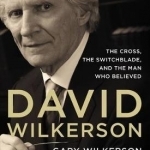
David Wilkerson: The Cross, the Switchblade, and the Man Who Believed
Book
This is the story of David Wilkerson, the man who believed against the odds that God could do great...

Doodle God™ HD
Games and Education
App
Over 190 Million Players Worldwide! Available in 13 Languages UNLEASH YOUR INNER GOD AND CREATE A...
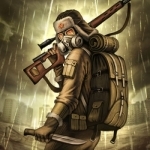
Day R Survival
Games
App
Can you survive in the world destroyed after a nuclear war? With radiation, hunger and diseases...
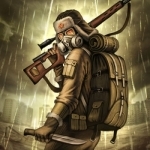
Day R Premium
Games
App
Can you survive in the world destroyed after a nuclear war? With radiation, hunger and diseases...

EverRun - Legend of the Horse Guardians
Entertainment and Games
App
Run endlessly across beautiful lands with the eight horses of Everbloom! Budge Studios™...

Doodle God™
Games and Education
App
Over 190 Million Players Worldwide! Available in 13 Languages UNLEASH YOUR INNER GOD AND CREATE A...

